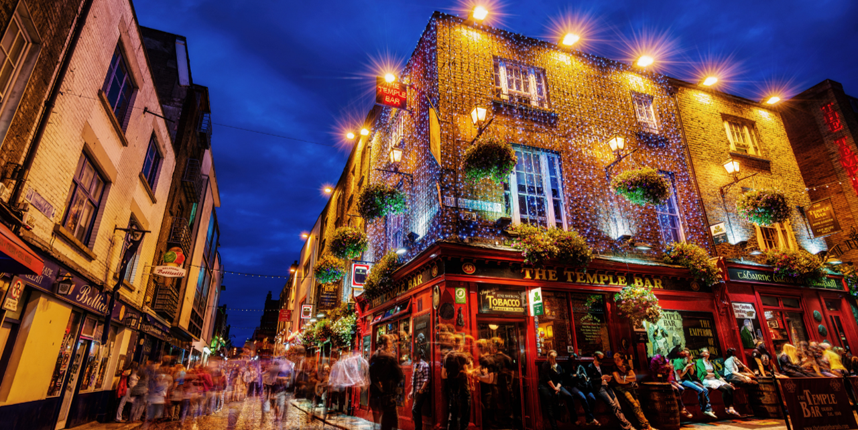It is said that those who visit Ireland can never forget it again, and this is probably one of those cases where a rumor matches the truth.
Indeed, the Irish landscape has a mythical atmosphere, due as much to the country’s history, which is almost palpable, as to its reputation as a place inhabited by fairies and leprechauns. The weather is not always kind, but this flaw is compensated for by the fifty shades of green in the vegetation; it is not for nothing that Ireland is nicknamed the Emerald Isle.
THE CLIMATE IN IRELAND
The climate in Ireland is completely unpredictable, but that is what makes the Irish sky so unique.
Precisely because of this instability, one must get used to sudden changes in temperatures especially on the Atlantic coast, changes due to sudden downpours and wind.
In general, however, Ireland boasts a mild and temperate climate, free from peaks of extremely cold or terribly muggy temperatures. While winters average 5-8° and snow is rare, springs and autumns remain in the 10° range. The hottest months are July and August with temperatures hovering around 20-22 degrees.
HOW TO GET TO IRELAND
The best way to reach Ireland is by air.
The most important Irish airports, besides Dublin Airport, are Shannon, Cork and Belfast, which provide additional international connections. Locally, on the other hand, there are several regional airports, Waterford, Kerry, Galway, Sligo, Knock, Derry, and Carrickfinn, which may be useful for possibly shortening your internal commute. All of Ireland’s major airports are served by regular cab and bus services to nearby city centers, while smaller airports rely mainly on cabs.

